How People With Different Color Vision See
Acquire the in's and outs of food coloring with this helpful guide.
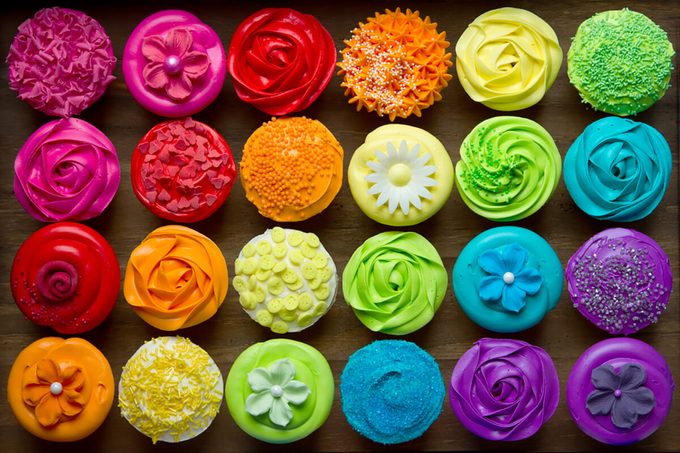
Whether you're making Grandma'southward ruby velvet cake or adding the finishing touches to your holiday cookies, understanding how to utilise food coloring is essential to make your icings, candies and various sugariness treats stand out. While traditionally most cooks stick to liquid coloring, there several options for tinting foods, and each has its own benefits and quirks.
Traditional liquid nutrient coloring (liquid dye)
Traditional liquid coloring for food is an cheap selection. It's the best kind to utilize when you want a lighter tint. With large desserts, like cakes, it tin take a few bottles to create a rich, vibrant color. Withal, it but takes a drop to make the pretty pastel filling in these dreamy foam wafers.
Liquid food coloring is usually made with synthetic dye in a water base. It's frequently sold in minor plastic squeeze bottles, which are great for beginners because you tin add every bit many (or every bit few) drops equally you'd similar until you attain the desired hue.
Liquid gel dye
Liquid gel dye is similar to its traditional counterpart as it consists of synthetic coloring with a base of h2o, glycerin or corn syrup. Similar plain liquid dye, it's sold in small-scale dropper bottles. Only the two products similarities stop there. Give a bottle of liquid gel dye a squeeze and out comes a much thicker, gel-like liquid. The dye is very concentrated, and so a niggling goes a long manner. This type of food coloring works great for creating vivid color. The downside of liquid gel dye is that information technology'southward not as readily available as the traditional liquid dye, and it can be somewhat difficult to find. Also, its thick consistency makes it hard to spread evenly into doughs. Stick to using it for icings and your favorite homemade candies.
Gel paste dye
Though you'll likely only detect this concentrated gel in a specialty shop, it'south worth the trip if you're looking to give a big batch of batter a bold wait. Just like liquid gel dye, it'southward made out of synthetic coloring with a water, glycerin or corn syrup base. The paste is packaged up in pocket-size pots or jars. Since gel paste dyes are very thick, information technology's best to use a toothpick to collect the paste, calculation very pocket-size amounts at a fourth dimension to what y'all're coloring. If you're trying to avoid a mess—or if you have clumsy easily or if there are kids involved—this is a nifty pick, as its liquid components can spill and splatter. Warning: if you don't know how deep you'd like your color to look, this isn't the best choice. It doesn't allow for a lot of for trial and mistake. And since its consistency is semi-solid, information technology can also be tricky to work into dough.
Natural food colorings
For anyone who wants to steer clear of synthetic dyes, natural food colorings practice be. You lot won't find any glycerin or corn syrup in them. They can be difficult to locate, but an online search is all it takes to order them quickly or to assistance you find a specialty store in your area. (Here'due south where to find our peak pick from Amazon.) Bachelor in small dropper bottles, the different colors come up from plant sources. For case, saffron or turmeric is used to make yellowish, carrot juice makes orange, and beets make cerise tones. They are slap-up to use for anyone with an allergy to synthetic dyes. No neon here, though. Used drib by driblet, natural food colorings are best for achieving a subtle, earthy hue.
Powdered dye
Powdered dyes are made out of synthetic coloring with no water, glycerin, or corn syrup. They're sold in jars of totally dry powder. In that location are many ways to use it: add a pinch of the powder to your dry mixture or combine it with a few drops of clear booze for a paint-similar consistency. You can even grit information technology onto foods to create a gentle finish.
Powdered dye is best to use in recipes that are sensitive to any added liquid, similar chocolate or macarons. But use sparingly, as the pulverization can produce a very dark colour.
Learn something new? We sure did. Now that you know which dye works best for your recipe, go along and broil with all the colors of the rainbow.
Get Started With These Colorful Recipes
Source: https://www.tasteofhome.com/article/types-of-food-coloring/
Posted by: brownpromarls1989.blogspot.com

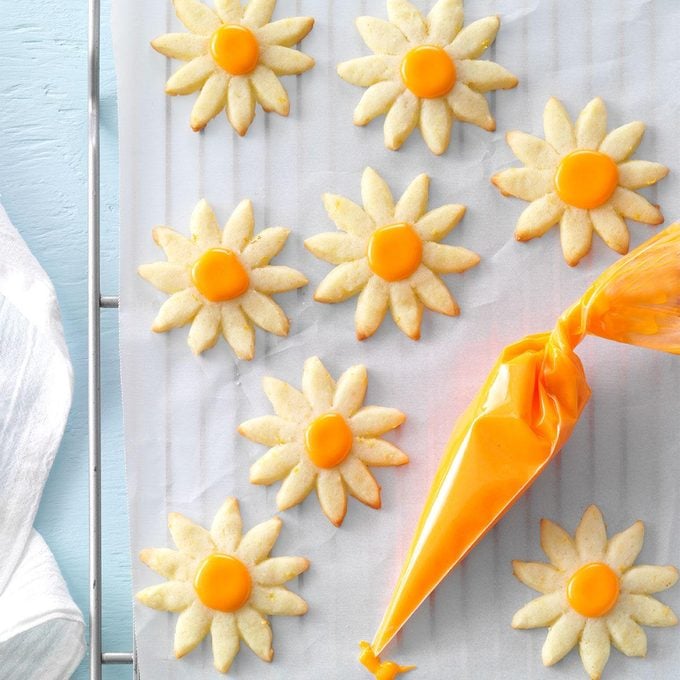
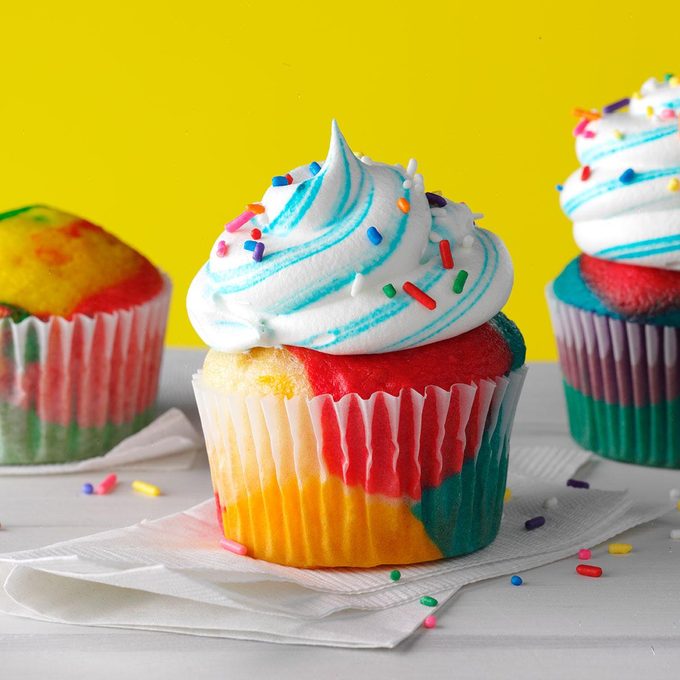
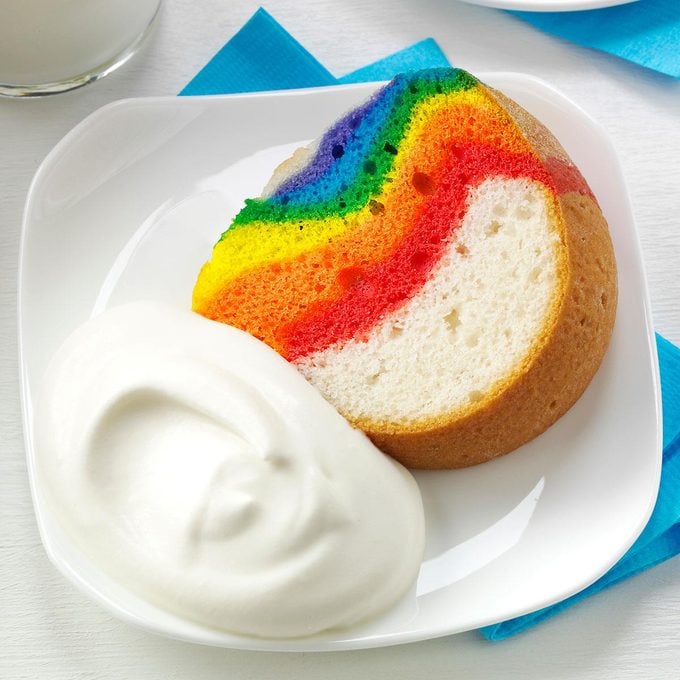
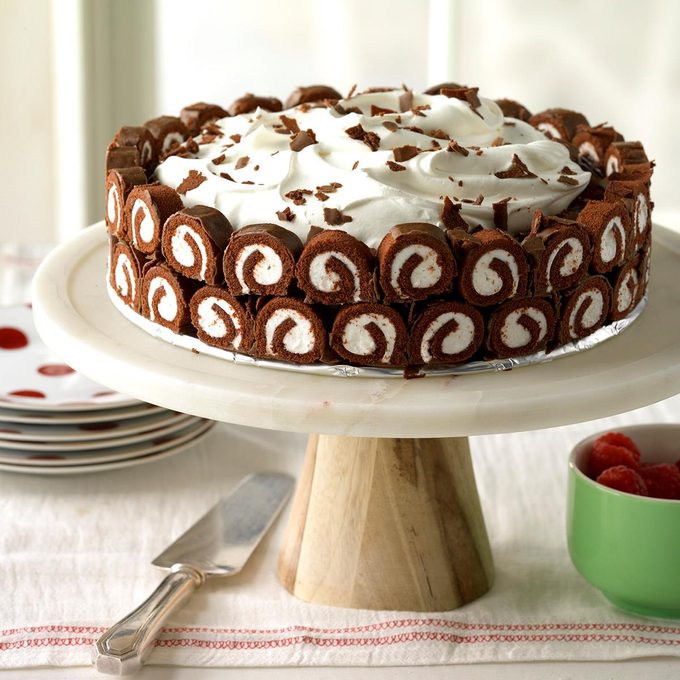
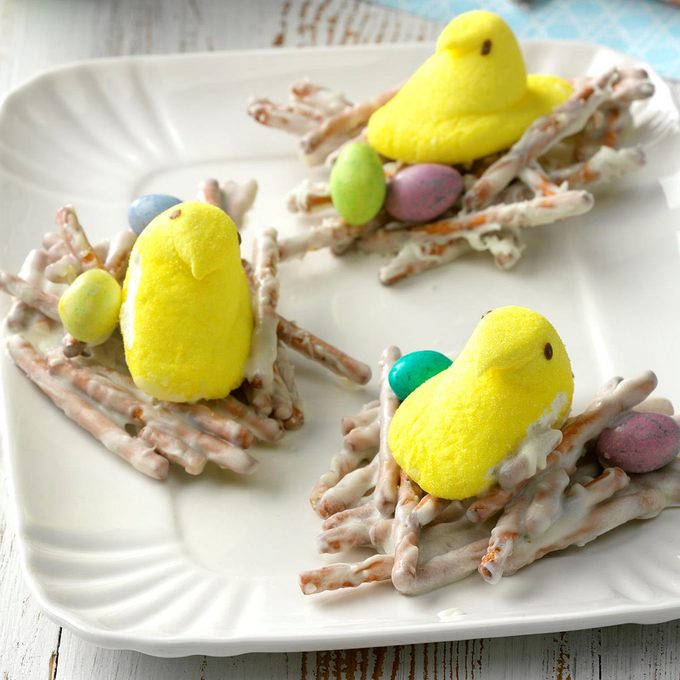

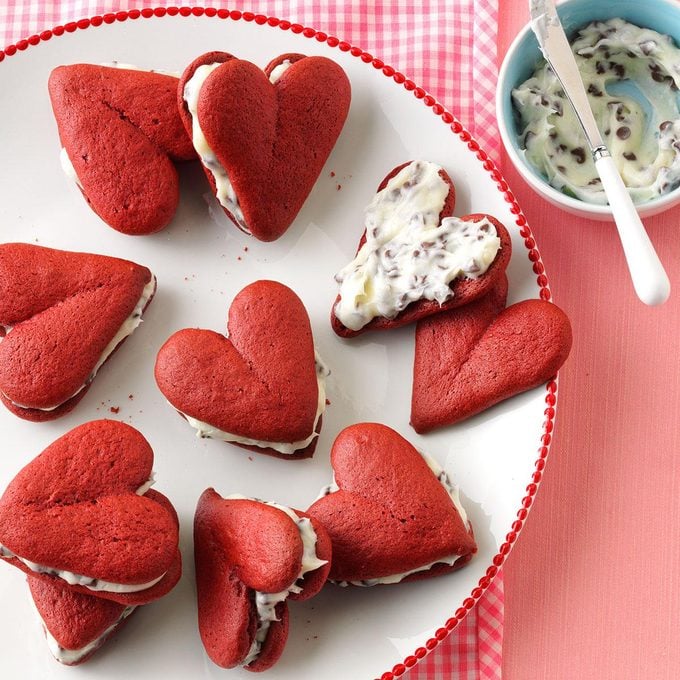

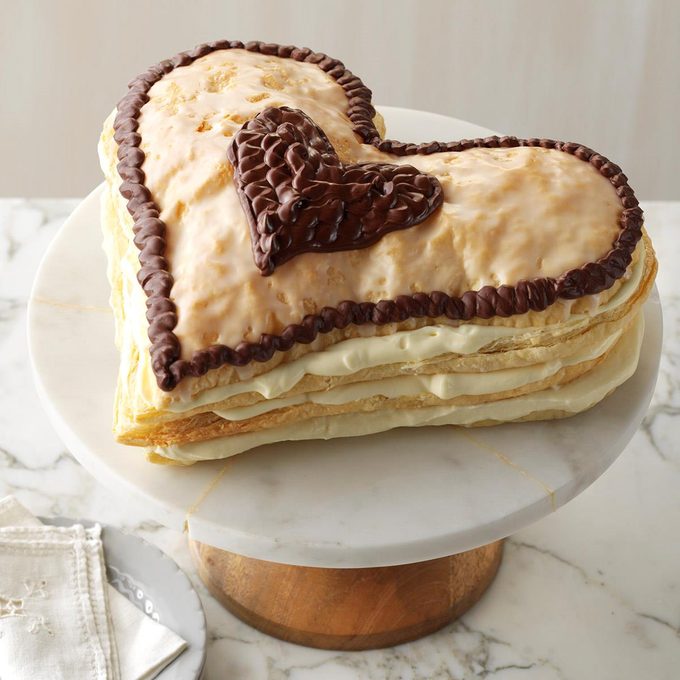
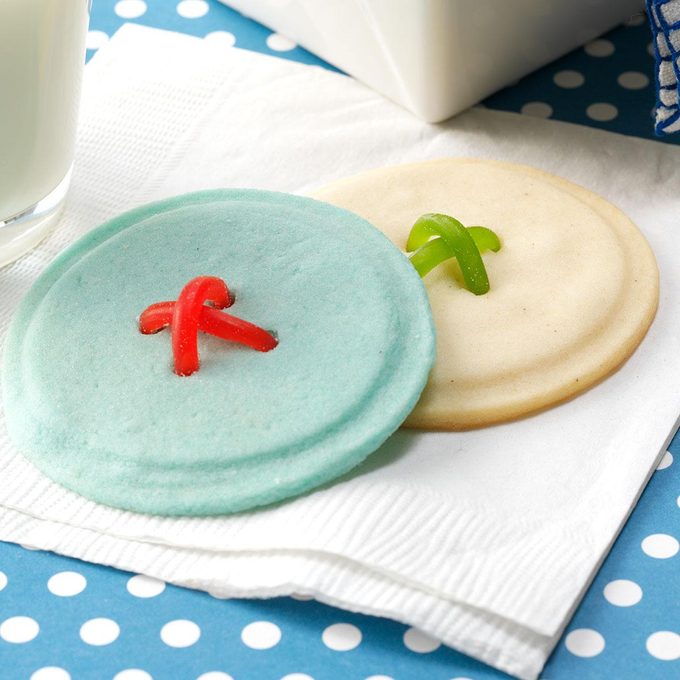
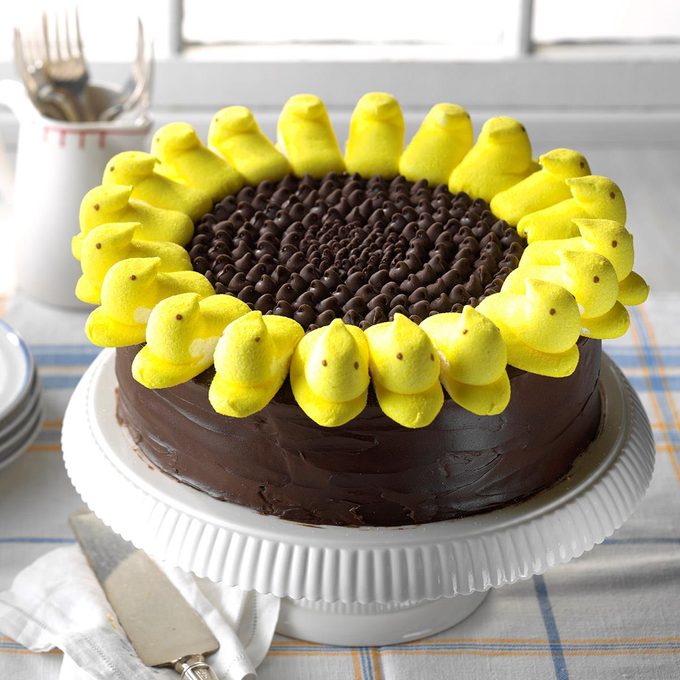
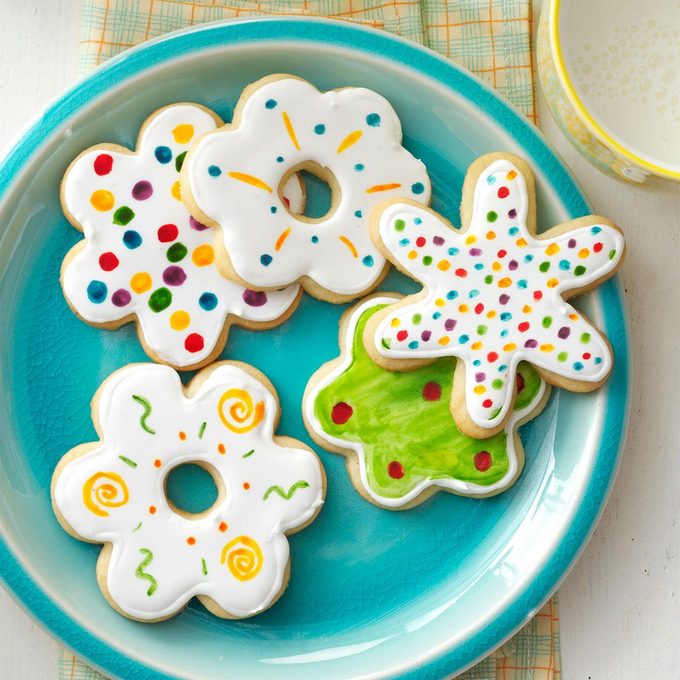
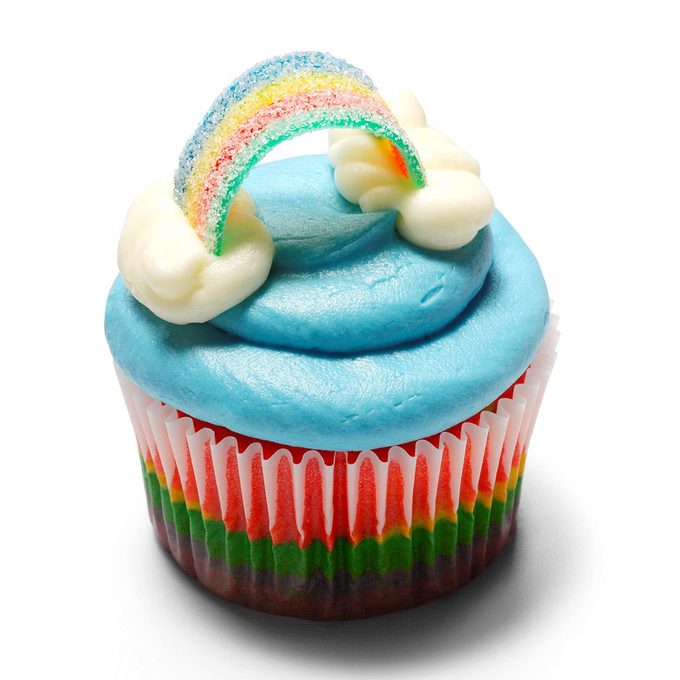
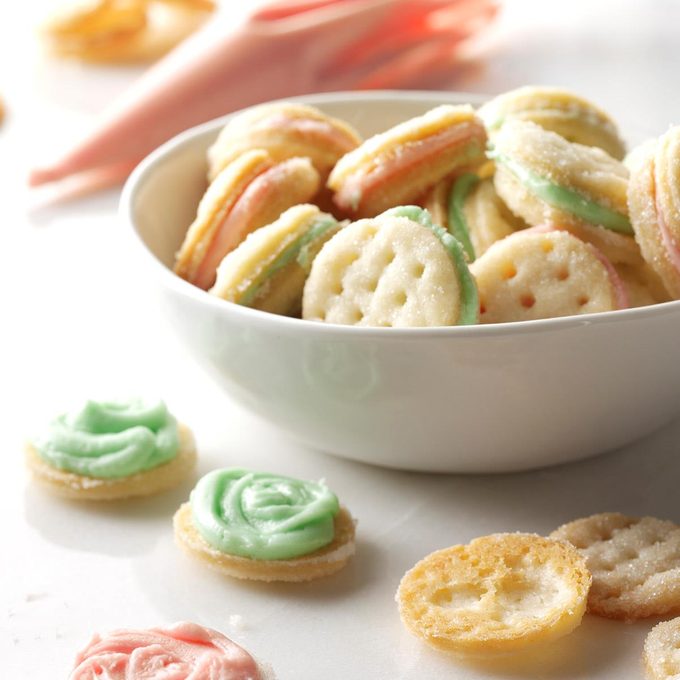
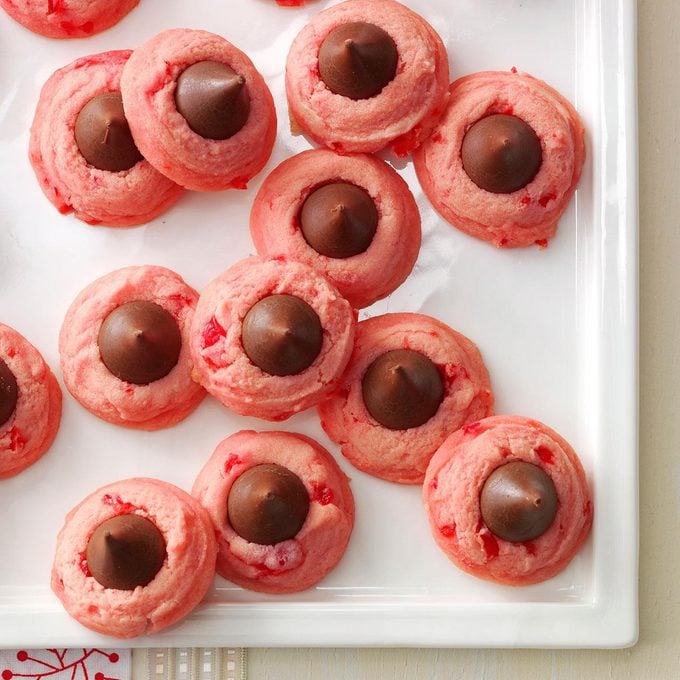
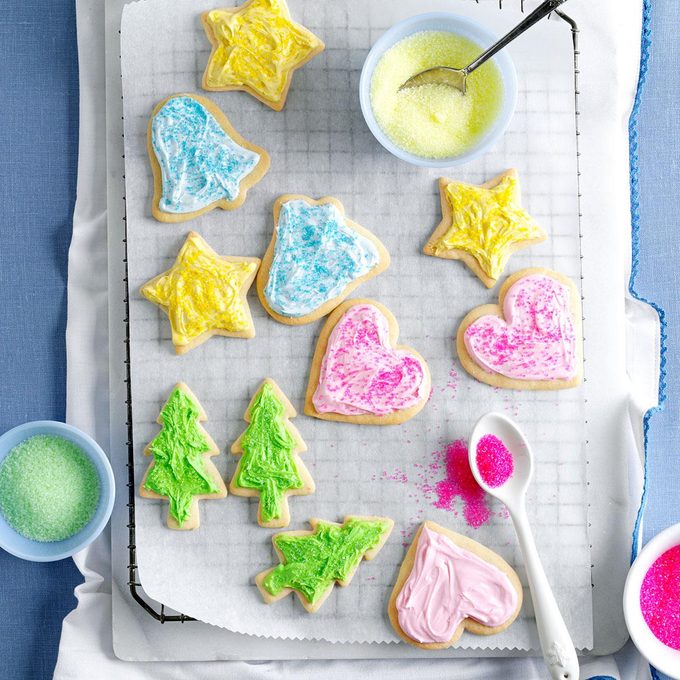

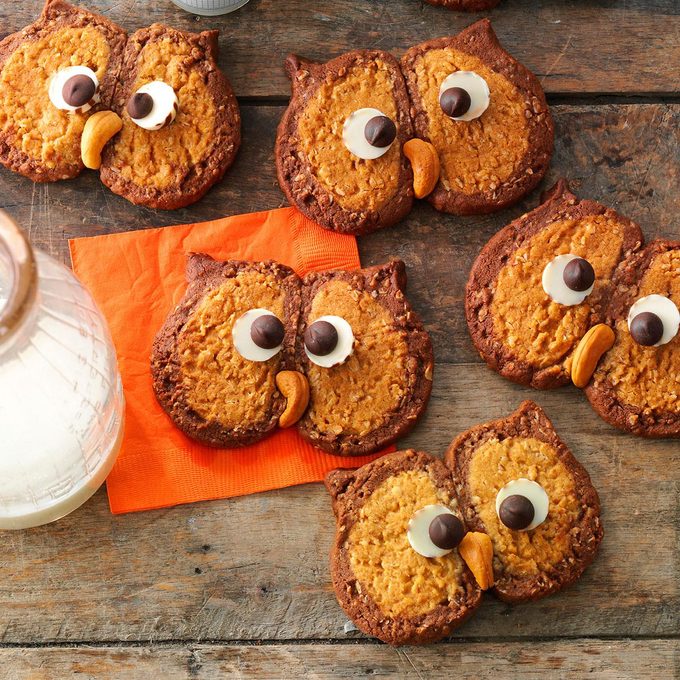
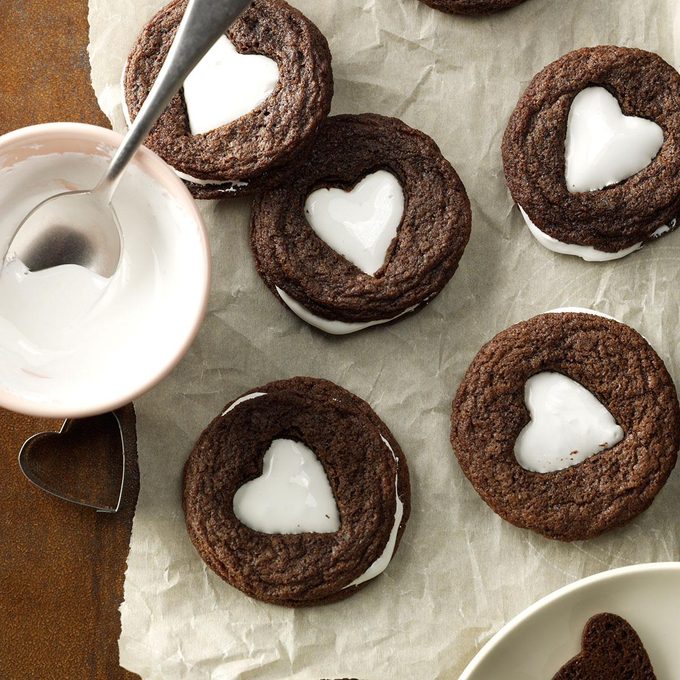
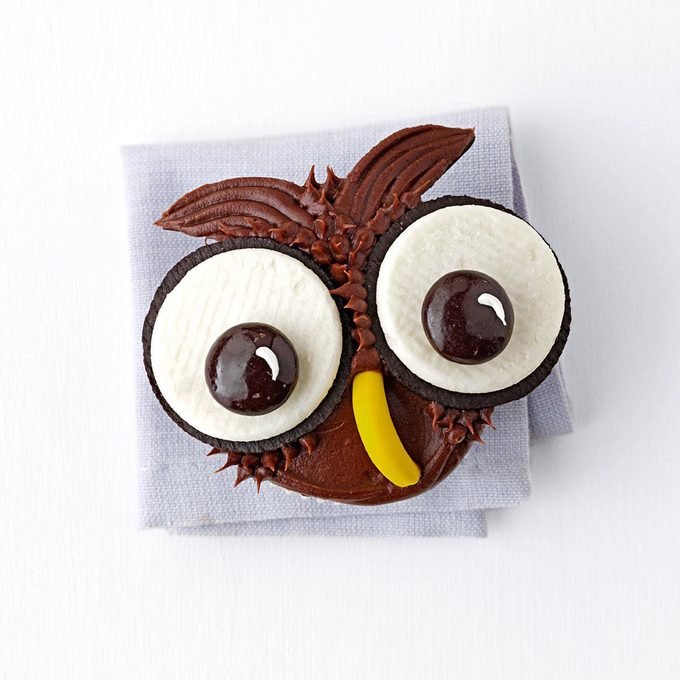


0 Response to "How People With Different Color Vision See"
Post a Comment